Nikademus
Posts: 25684
Joined: 5/27/2000
From: Alien spacecraft
Status: offline

|
quote:
ORIGINAL: Local Yokel
A couple of papers I hold give the strong impression that the USN derived much of its fighter direction technique from RN practice, dating from the first courses run by the Fighter Direction Training School at Yeovilton which were were each attended by 6 RNVR and 2 USN officers. Training involved adaptation of the RAF system in which 'fighter' and 'bomber' movements were simulated by means of ice cream tricycles pedalled in time with a metronome. I distantly recall a reference to such tricycles being used in the same way at 'home grown' USN fighter direction schools - can anyone confirm? The edge-lit perspex board used for display of the FDO plot is also attributed to the British, in this case a Belfast electrician.
Don't have a specific account of the training session you mentioned, but i do know from my research on air combat in the Med focusing on Malta (1940-42) that the RN's carrier escorts conducted during some of the key convoy ops to reinforce/relieve Malta involved a very well developed FDO system. Given the small#'s of FAA fighters, it was essential for the RN to be able to quickly vector standing patrols (or scramble standby flights) onto contacts, especially enemy search assets, and deal with them quickly before the carrier's charges (the convoy) or itself could be brought under attack. Radar of course was a key aid for the FDO center....another key element was the navigator aboard the fighter. Being able to integrate into the overall Fleet Defense org was a big reason why the RN preferred two seat fighter designs. Usual practice was to deploy standing patrols in pairs, each pair designated to cover a sector of airspace and assigned a color to identify that unit. Standby fighters would be readied on the carrier to provide reinforcement.
The Fulmar is a much maligned aircraft and it is certainly true that vs. a modern 1E land fighter, it was outclassed, but it's positive attributes included a very long fuel endurance (perfect for standing patrols) and an ammo supply twice that of a Hurricane. The navigator allowed the plane to be used as a guide plan for long overseas trips (such as guiding 1E's from a carrier to Malta) and coordinating with the FDO aboard the home carrier. During these convoy ops, the Fulmars, guided by radar and FDO direction were responsible for shooting down a great many enemy patrol planes and enemy bombers.
quote:
I agree with you about the Japanese carrier fighters' performance at Midway. I think this reflects the fact that the Japanese cottoned on quicker than the other carrier navies that a good way to beat a large number of bombers is by employment of a large number of fighters, and that you could only get this by massing your carriers. In 1942, perhaps the biggest disadvantage under which the Japanese laboured was the pitiful size of the Reisen's cannon magazine.
Lundstrom put it best on the strengths and weaknesses of IJN fleet defense. Due to the lack of radar and dedicated FDO, the CAP largely relied on visual aids which created opportunities and weaknesses, depending on the weather situation and the enemy's attack pattern. If the visibility was good, and the enemy came in on a single vector, they could be devestatingly effective, the A6M's quick agility, climb and acceleration allowing it to respond quickly....and over 40 enemy bombers were shot down over Midway as a result. (They would not come even close to this number in any of the other three major carrier battles) However.....if the weather was poor and/or the enemy came in on multiple vectors at the same time....the CAP could be overwhelmed, or caught out of position. In the end, though the continuous string of fragmented attacks from Midway, then the USN carriers didn't allow the CAP time to fully recycle and reform. Without radar, it would require a well disciplined FDO structure to maintain a reserve of planes in non combat sectors when a spotted enemy is gunning for the carriers. (and the FDO might fully commit his CAP against the immediate threat anyway if the danger was deemed high enough)
Ironically the IJN Cap at midway was caught truely flatfooted AFTER the destruction of Akagi, Soryu and Kaga. The Hiryu CAP was from a technical standpoint, well set up, being multi-tier'd and yet in decent visibility the attacking SBD's weren't discovered and attacked until they were on top of the carrier. Bad luck, (and lack of radar of course), and i suspect, fatigue from the long stressful day contributed to the slowed/dulled reactions.
< Message edited by Nikademus -- 5/13/2011 4:36:46 PM >
_____________________________
|
 Printable Version
Printable Version








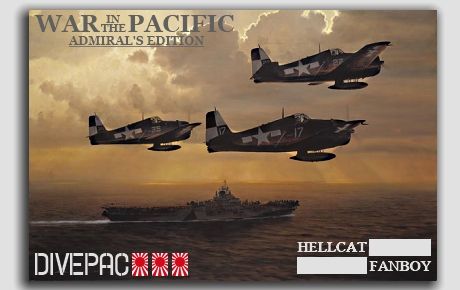
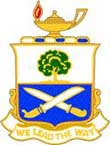

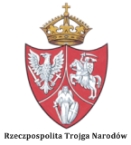

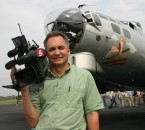





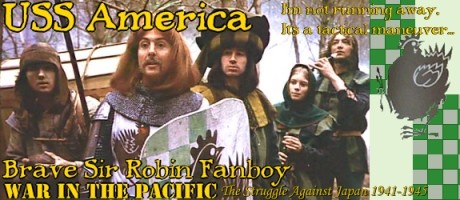
 New Messages
New Messages No New Messages
No New Messages Hot Topic w/ New Messages
Hot Topic w/ New Messages Hot Topic w/o New Messages
Hot Topic w/o New Messages Locked w/ New Messages
Locked w/ New Messages Locked w/o New Messages
Locked w/o New Messages Post New Thread
Post New Thread